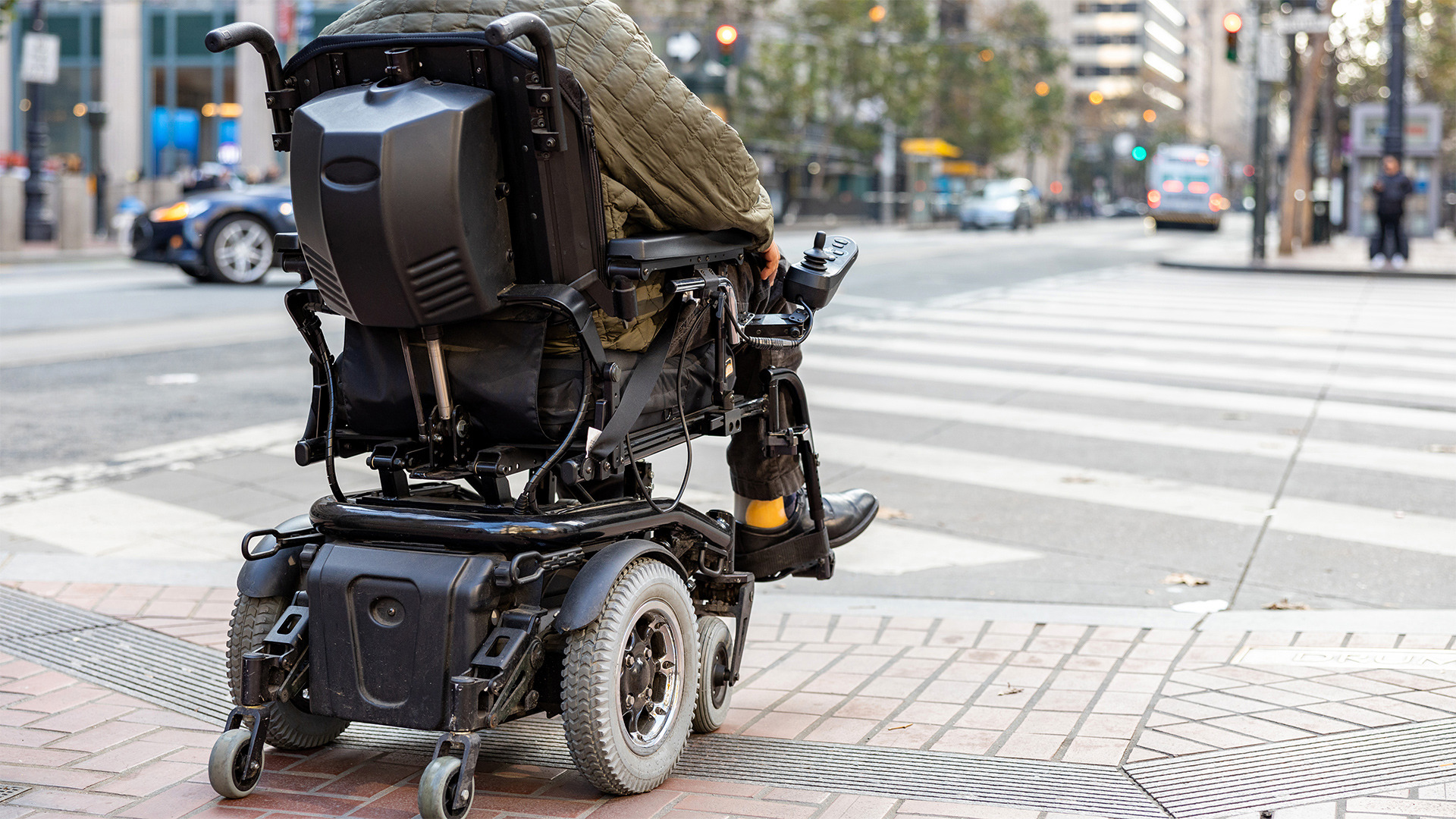
The Unseen Dangers of Wheelchair Seating: Addressing Asymmetries Without Sensation
People need wheelchairs for all kinds of reasons. Paralysis and congenital disorders are common, as are amputations and other disabilities. Some people are too weak or ill to always rely on their legs, even if they still work. Others are healing from injury and will only use the chair temporarily.
In other words, the reasons patients may need a wheelchair are as varied as humans. Given the vast range of people who need wheelchairs and the massive range of conditions affecting them, it’s critical to ensure that each wheelchair is perfectly paired with its occupant.
The Challenge of Asymmetries
Unfortunately, that’s harder than it sounds. Each patient’s size, body type, condition, level of movement, and needs will inform how the wheelchair must accommodate them. Asymmetries that develop in patients’ bodies can cause areas of elevated pressure and lead to pressure ulcers and infections, which are dangerous and difficult to heal.
The situation becomes even more alarming when the patient lacks sensation in a particular area or across a wide swath of their body (as is the case with a paraplegic, for instance). In addition, clinicians have to address these needs quickly, and it’s a perfect storm of potential problems.
Where there’s a lack of sensation that would ordinarily alert the patient to a pressure sore, you need a system to help identify it in advance and alleviate it, which is where pressure mapping comes in. Using sensor-based technology in a complete pressure-mapping wheelchair system is critical to a safe, comfortable wheelchair.
Let’s consider how this works.
Asymmetries and Pressure Sores
Asymmetry is when the body is not perfectly even. This can occur because of an injury, a spinal or other deformity, or because a patient is guarding a particular area by trying to remove the pressure. (While the latter can be informative in some cases, it is not a reliable indicator of a problem in cases where neuropathy or paralysis limits sensation.)
Asymmetry isn’t necessarily bad, of course. Sometimes, patients must lean to one side or another to accommodate their condition or an existing pressure sore. In that case, the goal is for clinicians to identify the need and ensure that wheelchair positioning and cushions accurately reflect the treatment plan.
This isn’t easy, however. Clinicians are often hampered by the complexity of interrelated wheelchair components and the lack of good equipment to determine where pressure sores may develop before they do.
Even more challenging is that doctors and specialists often have little time to fit a patient into a wheelchair and determine its success. This leaves them struggling to position the patient correctly and meet their physical needs.
Happily, there is a solution: pressure mapping.
Pressure Mapping: The What and How
Pressure injury prevention starts with knowing where areas of high pressure are. How can you address the issue if you don’t remember which bony protuberance may cause problems, which areas are chafed, and which cushions aren’t getting the job done? You can’t, which is why you need pressure mapping equipment.
The right equipment can scan the patient’s pressure distribution across various chair parts and create a map demonstrating high, medium, and low-pressure areas. The clinician can create a treatment plan using the resulting images and data. This will assist with:
- Pressure injury prevention;
- Seat cushion evaluation and selection;
- Education and training of the patient and their caretakers; and
- Personalized care and treatment.
How to Map Pressure Without Sensation
Many people can report where an area feels unwelcome pain, pressure, or friction. However, other people, such as those with neurological problems, don’t know when they’re feeling pain or pressure, which naturally means they cannot report it. Similarly, suppose someone has a speech issue or language barrier. In that case, they will have a more challenging time reporting the problem in time to prevent pressure injuries.
The truth is that pressure injuries occur whether or not they are accompanied by sensation. That makes it imperative to determine where the body faces high pressure and help to alleviate it. If you want to reduce wheelchair pressure ulcers or even support backs to reduce asymmetries, you must identify where they’re likely to develop before they do. Healing is infinitely more complex than prevention.
You must build a pressure map to see where pressure injuries are likely to occur. That means:
- Using a sensor mat with thousands of points;
- Laying it across the seating area (or the back or side);
- Inviting the patient to sit down;
- Running the software to take readings;
- Watching as it builds a pressure map in real-time;
- Determining problem areas and treating them with cushions or inserts;
- Re-running tests to ensure the adjustments have worked;
- Explaining to patients and caregivers how to prevent pressure sores; and
- Monitoring the patient’s situation over time.
Once you implement this process, you’ll never look back.
Continuous Skin Monitoring
The solution to potential pressure sores is straightforward: continuous skin monitoring. By regularly checking in with the patient to see whether areas of higher pressure are developing, you can not only help prevent sores but also chart patient progress to refine your treatment protocols.
Creating pressure maps and sharing them with patients and caregivers provides an additional service in the form of patient education. You can demonstrate precisely where problems lie and how to fix them by selecting the appropriate cushion or using inserts. By educating wheelchair users, family members, friends, nurses, and clinicians in training, you can dramatically improve patient outcomes at your practice.
Enter the ForeSite® SS, a cutting-edge, sensor-based solution that combines hardware and software into one easy system. Implement it quickly, avoid constant recalibration, and watch your practice get smoother, more efficient, and more reliable!
If you’re ready to learn more about wheelchair seating, contact us for a demo today.
